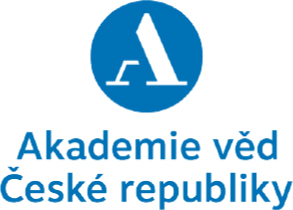This article focuses on methods for measuring corruption, first describing three generations of corruption indicators and then comparing them qualitatively and quantitatively. Corruption is a clandestine activity that is extremely difficult to measure; there are no official statistics on the number of corruption cases. For this reason, corruption can only be measured indirectly, by various proxies, and it is extremely hard to state whether these indicators are reliable and indeed measure the corruption phenomena in a given country. A large number of different indicators have been developed over the years that try to capture and quantify corruption. Some authors measure perceptions of corruption, others try to use “hard data” to explore the level of corruption in a country, and even others combine different measurements, weight them, and then publish composite indicators to capture the overall level of corruption in a country.
This article aims to evaluate the quality of the different indicators using quantitative and qualitative methods. Possible uses and value of each individual indicator are discussed in terms of quality and practical considerations. First-generation indicators combine expert evaluations, surveys, and other data on corruption. The article focuses on the two best-known and most frequently used indicators – the Control of Corruption measurement by the World Bank and the Corruption Perception Index by Transparency International. Second-generation indicators are based on opinion surveys that ask respondents about their perceptions of and own experience with corruption. There are two types of such surveys, one focusing on the public and the other one on businesses. The second-generation indicators include surveys such as Eurobarometer, World Values Survey (WVS), European Social Survey (ESS), Global Corruption Barometer (GCB), WB BEEPS, or International Social Survey Programme (ISSP). Finally, the third generation of corruption measures is based on “hard data” and usually focuses on a specific sector in a specific country.
After a descriptive presentation of all three generations of indicators, the quality of these indicators is discussed from the quantitative and qualitative perspectives. The author describes the time and country coverage of each indicator, the different wordings and definitions used in the questionnaires, the different target groups sampled, and also the possible implications of different methods for the results. Finally, the author presents a correlation analysis of different indicators over time and across countries, indicating whether and how strongly these three generations correlate with one another. The article concludes with a discussion on whether the three generations of indicators measure the same type of corruption and whether they can be used interchangeably. As for results, it seems that there are statistically significant associations between different types of indicators; however, this significance is, in most cases, not high enough to allow for interchangeability. Therefore, it is of utmost importance to carefully select the type of indicator used for scientific research, as results and conclusions might differ significantly depending on the indicator used.



